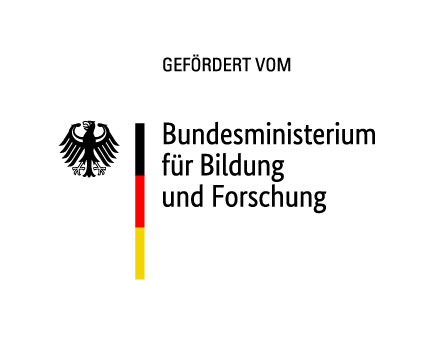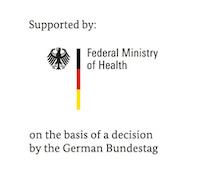Our research projects
We currently have 7 projects: 4 on Improvement of Clinical Management, 2 on Epidemiology and Mapping, and 1 on Digital Tools.
Improvement of Clinical Management
1. Hospital partnership*: Snakebite Envenoming in Neno, Malawi
Even though Malawi is home to 66 different types of snakes of which 11 are considered medically important and snakebite envenoming has been acknowledged by the Ministry of Health in its Neglected Tropical Diseases Master Plan development (2021-2025), there is only one documented study on the incidence of snakebites and none on the clinical course of snakebite envenoming in Malawi yet. The first study published in 2022 found limited knowledge and experience on treatment of snakebite patients among healthcare workers. Therefore, one of the main objectives is to improve the management of snakebite envenoming. Further, similar to the project in Ghana, a clinical observational study is ongoing to follow up patients with snakebite envenoming admitted to Neno District Hospital to investigate the efficacy of antivenom, the medically important venomous snakes and clinical outcomes. Particularly the proof of efficacy of the available antivenom products is important.
- Duration: 03/2024 - 02/2025
- Cooperation partner: Neno District Hospital, Neno, Malawi
- Further partners: Abwenzi Pa Za Umoyo (APZU), Neno, Malawi
- Funding: GIZ Hospital partnerships
* The Hospital Partnership is a funded project of the Hospital Partnerships funding programme of the Deutsche Gesellschaft für Internationale Zusammenarbeit (GIZ) GmbH. The programme is commissioned and funded by the German Federal Ministry for Economic Cooperation and Development (BMZ). The Else Kröner-Fresenius-Stiftung (EKFS) co-finances the funding programme on a part-financed basis. Homepage: https://hospitalpartnerships.org/
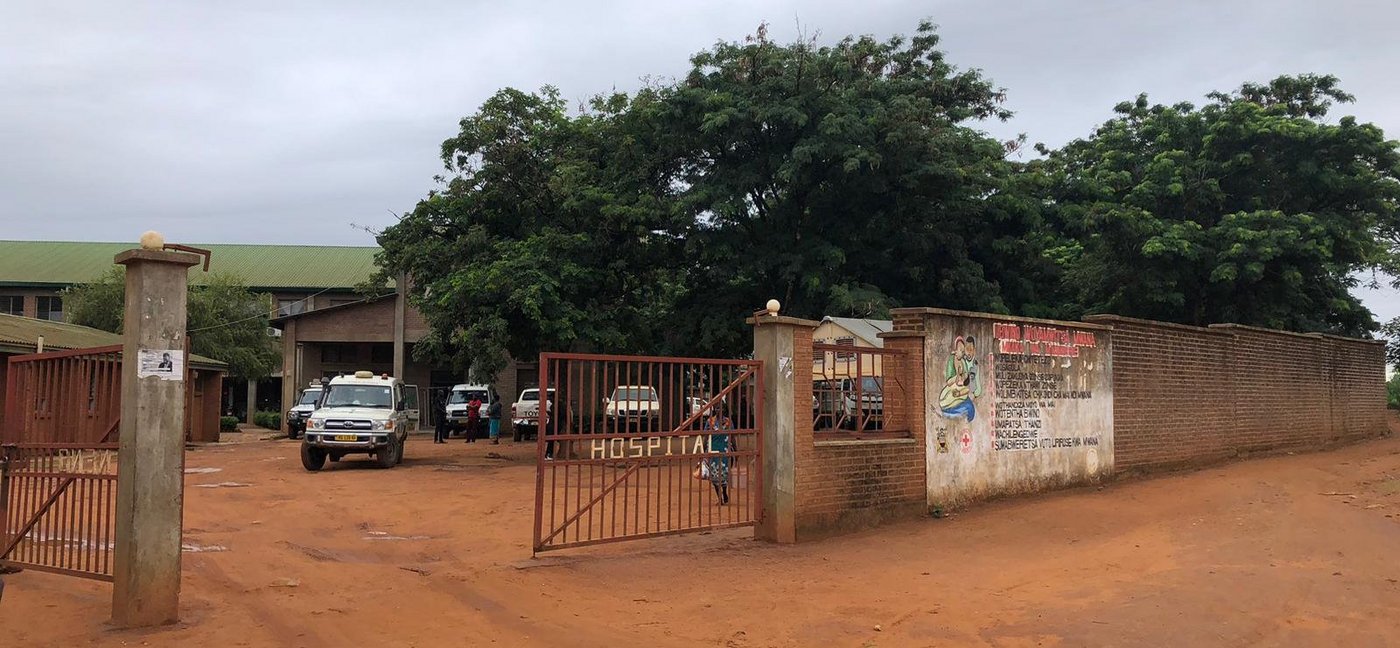

2. Hospital partnership*: Snakebite Envenoming Wa, Ghana
Evaluation of data on snakebite hospital admissions obtained from the District Health Information System of Ghana demonstrated that snakebite incidence is highest in the North of Ghana, particularly in the Upper West region. Therefore, as a first step, a clinical observational study is conducted to follow up patients with snakebite envenoming admitted to the regional and municipal hospitals in Wa, Upper West to investigate the efficacy of antivenom, the medically important venomous snakes and clinical outcomes. Particularly the proof of efficacy of the available antivenom products is important. Preliminary inquiries revealed that three different snake antivenom products are used in Ghana, Afriven 10 from VINS Bioproduct limited, PANAF Premium, from Premium Serums and Vaccines limited and BEAFRIQUE-10 from Biological E. Limited, all imported from India. Product descriptions indicate that these antivenoms neutralize the venom of 10, 14, and 10 snakes, respectively. However, some of these snakes are not found in Ghana or are rarely responsible for envenoming. There is no evidence that a reasonable dose of these antivenom products is effective against the medically important snakes in Ghana, particularly against venom of Echis ocellatus (West African carpet viper), which is most likely responsible for the majority of cases in Northern Ghana.
- Duration: 03/2023 - 02/2025
- Cooperation partners: Upper West Regional Hospital (UWRH), Wa, Ghana
- Further partners: Kumasi Center for Collaborative Research (KCCR), Kumasi, Ghana
- Funding: GIZ Hospital Partnerships
* The Hospital Partnership is a funded project of the Hospital Partnerships funding programme of the Deutsche Gesellschaft für Internationale Zusammenarbeit (GIZ) GmbH. The programme is commissioned and funded by the German Federal Ministry for Economic Cooperation and Development (BMZ). The Else Kröner-Fresenius-Stiftung (EKFS) co-finances the funding programme on a part-financed basis. Homepage: https://hospitalpartnerships.org/
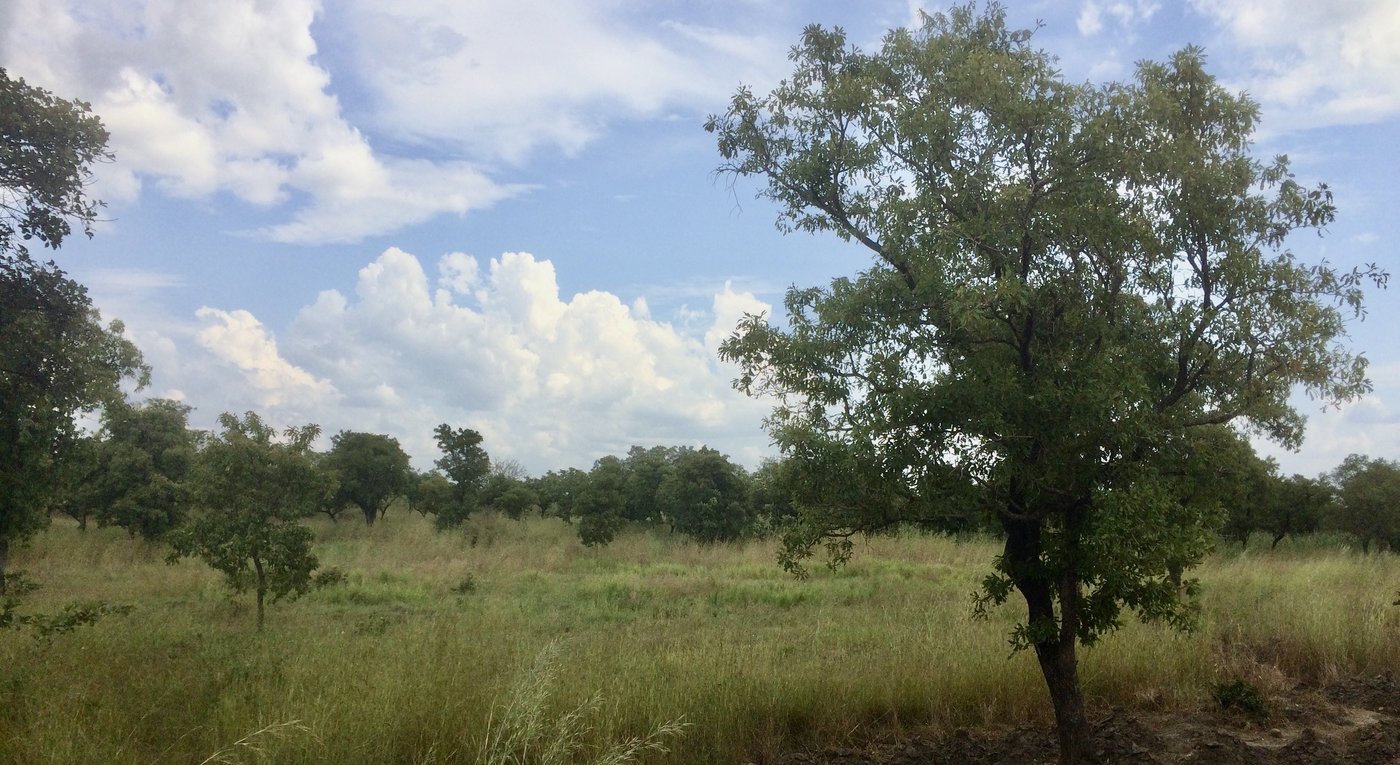

3. Taking Point Of Care Ultrasound (POCUS) to the District in Malawi
This project and partnership build on several years of collaboration and joint work in the field of POCUS. The first training activities in POCUS at KUHeS were initiated in 2017. In the initial partnership phase from 2017-2019, a training curriculum for internal medicine was developed. By 2019 almost the entire staff of the department was trained in POCUS. In addition, several members of the department were trained as trainers for future courses and the impact of POCUS on clinical care was assessed scientifically. In the subsequent phase from 2019-2021, the training curriculum was adapted to include other departments apart from internal medicine and training activities were extended. In addition, a mobile phone-based, open-source teaching application was developed. Now, through the further development of electronic training resources and a strong base of local trainers, the next steps in this partnership are first to consolidate teaching and research activities in POCUS in the eight clinical departments of KUHeS, and second to extend these activities to the main training centre for family medicine of the Mangochi Campus at Mangochi District Hospital. Within this project, a PhD project is embedded. In her PhD, Grace Banda-Katha is investigating specific needs in district hospitals and evaluates clinical impact and sustainability of POCUS courses to inform individually tailored curricula and training methods for POCUS on a district level.
- Duration: 02/2023-02/2026
- Cooperation partner: Kamuzu University of Health Sciences (KUHeS), Blantyre, Malawi
- Funding: Else Kröner-Fresenius-Stiftung (EKFS)
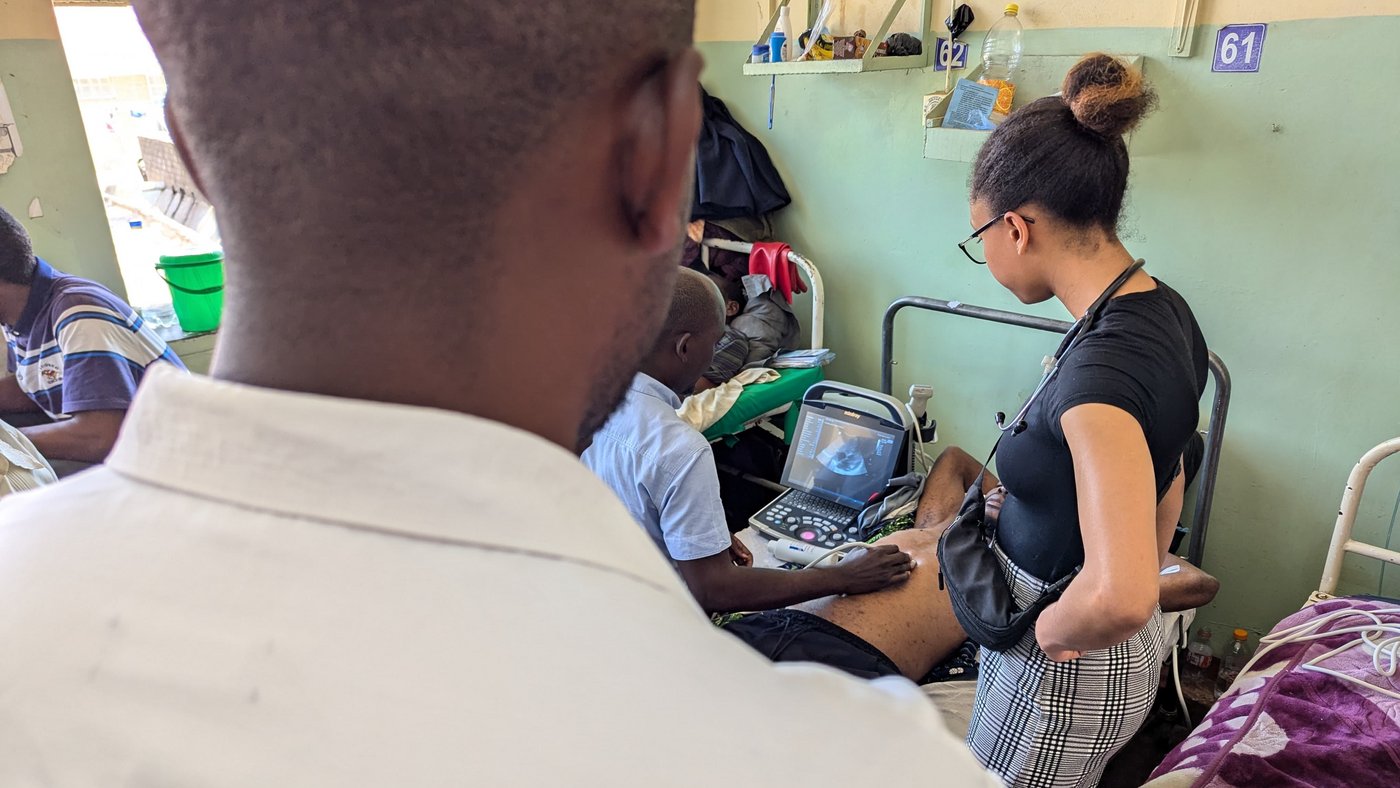
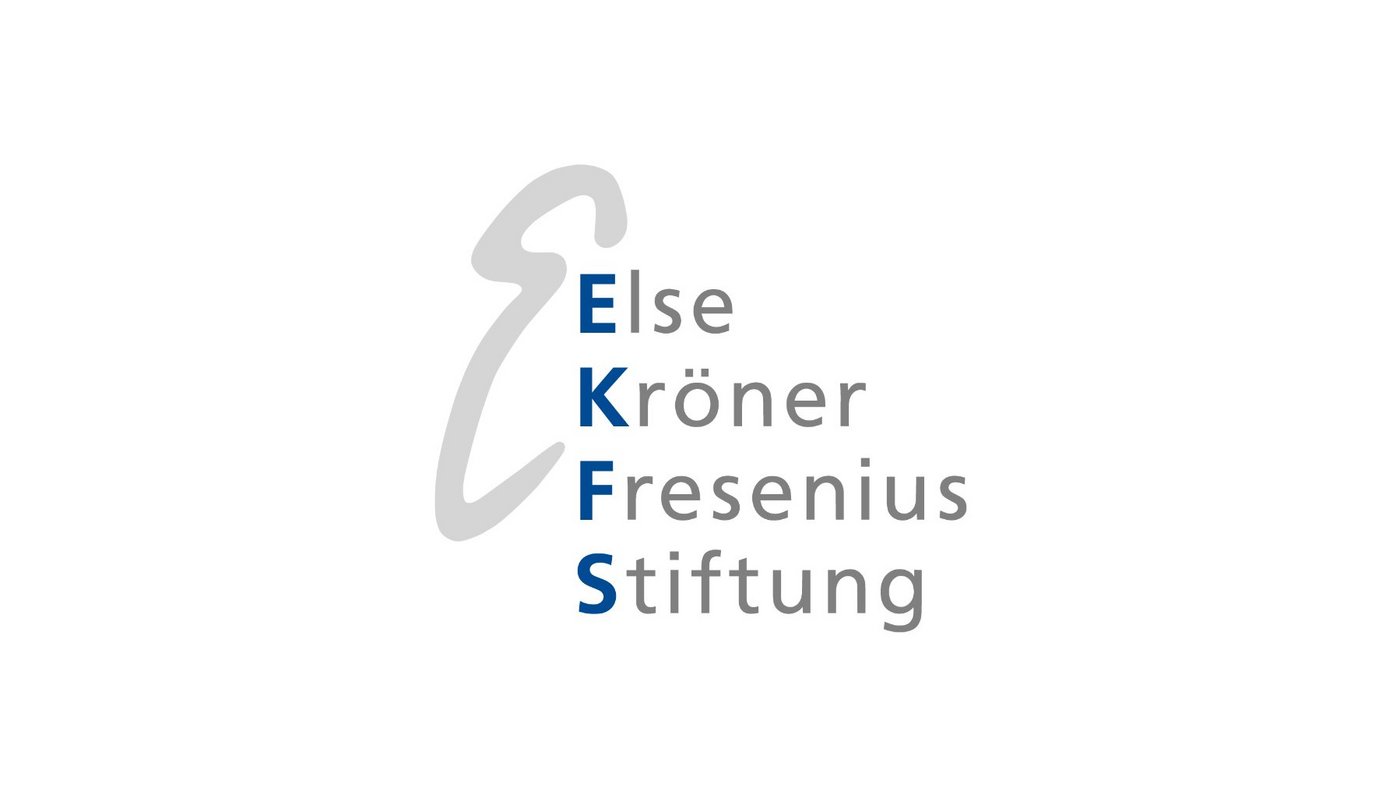
4. Hospital partnership*: POCUZ – Point-of-Care Ultrasound for Zimbabwe
During a scientific conference of the East, Central, and Southern Africa College of Physicians (ECSACOP), KUHeS presented the previous training activities conducted jointly with BNITM. After this presentation, the University of Zimbabwe contacted colleagues from Hamburg and Blantyre to explore the possibility of transferring the successful model from Blantyre to Harare. This project is now being implemented with the goal to develop a curriculum for POCUS in internal medicine in Zimbabwe and introduce POCUS into clinical care in the medical wards of Parirenyatwa and Sally Mugabe hospitals. In the long term, we aim to improve clinical care and increase patient safety for all patients presenting to the teaching hospitals of the University of Zimbabwe using POCUS to expedite clinical decision-making. Furthermore, this partnership will create synergies with existing projects and strengthen South-South cooperation between the University of Zimbabwe and the Kamuzu University of Health Sciences.
- Duration: 04/2024-03/2026
- Cooperation partners: University of Zimbabwe, Harare, Zimbabwe; Kamuzu University of Health Sciences (KUHeS), Blantyre, Malawi
- Funding: GIZ Hospital Partnership
* The Hospital Partnership is a funded project of the Hospital Partnerships funding programme of the Deutsche Gesellschaft für Internationale Zusammenarbeit (GIZ) GmbH. The programme is commissioned and funded by the German Federal Ministry for Economic Cooperation and Development (BMZ). The Else Kröner-Fresenius-Stiftung (EKFS) co-finances the funding programme on a part-financed basis. Homepage: https://hospitalpartnerships.org/
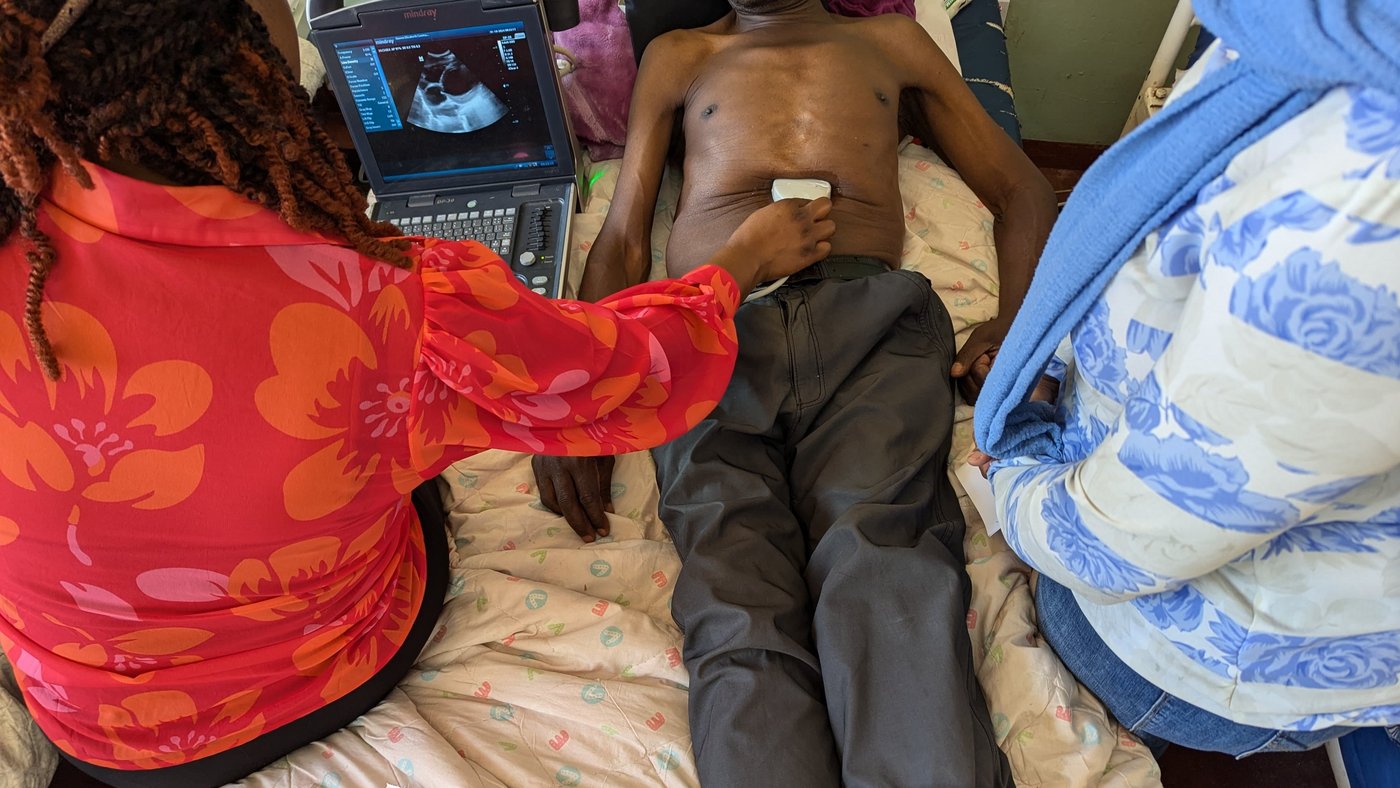

Epidemiology and Mapping
1. Epidemiology of Snakebite in Neno and Mwanza, Malawi
Beginning in April 2023, Moses Banda Aron has been investigating the burden of snakebites in Malawi. His PhD has three main objectives: first, provide the first reliable incidence estimate for snakebites in Malawi; second, describe the clinical outcomes following envenomation and management of snakebites at health facilities; and third, assess the impact of snakebite training on healthcare worker knowledge of snakebite management. These studies are being conducted in two districts of Malawi (Neno and Mwanza) but will provide the first reliable estimates of snakebite burden in the country.
Funding: Bernhard Nocht Institute for Tropical Medicine
2. Snake Distribution, Snakebite Envenoming Risk and Public Perception Towards Snakes in Vietnam
Beginning in March 2024, Bao Truong has been investigating the burden of snakebites in Vietnam. His PhD has three main objectives: first, investigate the spatial distribution of medically important snakes across Vietnam; second, describe the clinical outcomes following envenomation and management of snakebites at health facilities; and third, describe the perceptions and knowledge of snakes in populations across Vietnam. The results from Bao’s PhD will shed light on the burden of snakebites across the country, providing important guidance on where resources should be focused to reduce the burden of snakebites.
Digital Tools
1. VIPER-App Project, Hue, Vietnam
Digital tools, such as mobile applications, can improve access to reliable healthcare advice for the general public and healthcare professionals. However, the utility of these tools depends on their relevance, accessibility, reliability, and usability. Involving the intended users of these tools in the development process can, therefore, lead to tools designed to have an impact.
With this in mind, we have launched the VIPER-App project in October 2024. This project aims to develop a conceptual prototype of a mobile app for snakebite envenoming based on stakeholder needs, feedback from potential users, and feasibility assessments. This project is being conducted in Vietnam over the next two years and is intended to support the WHO’s goal of halving the number of deaths and disabilities resulting from snakebite envenoming by 2030. The outputs from this project will be 1) a conceptual prototype for snakebite envenoming in Vietnam, 2) assessments of the prototype by stakeholders, and 3) recommendations for the development of digital tools for neglected tropical diseases (NTDs) more broadly.
- Duration: 10/2024-09/2026
- Cooperation partners: Otto-Friedrich-University Bamberg, Bamberg, Germany
- Further partners: Faculty of Public Health, Hue University of Medicine and Pharmacy, Hue, Vietnam; Think Modular, Vienna, Austria
- Funding: German Federal Ministry of Education and Research (BMBF)**
** This project is supported by the German Federal Ministry of Education and Research (BMBF) as part of the German Alliance for Global Health Research (GLOHRA).








